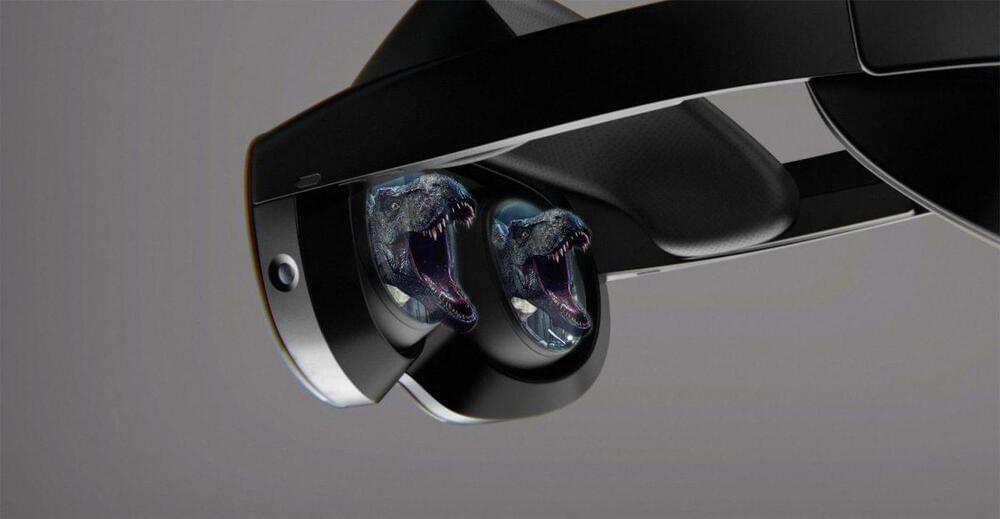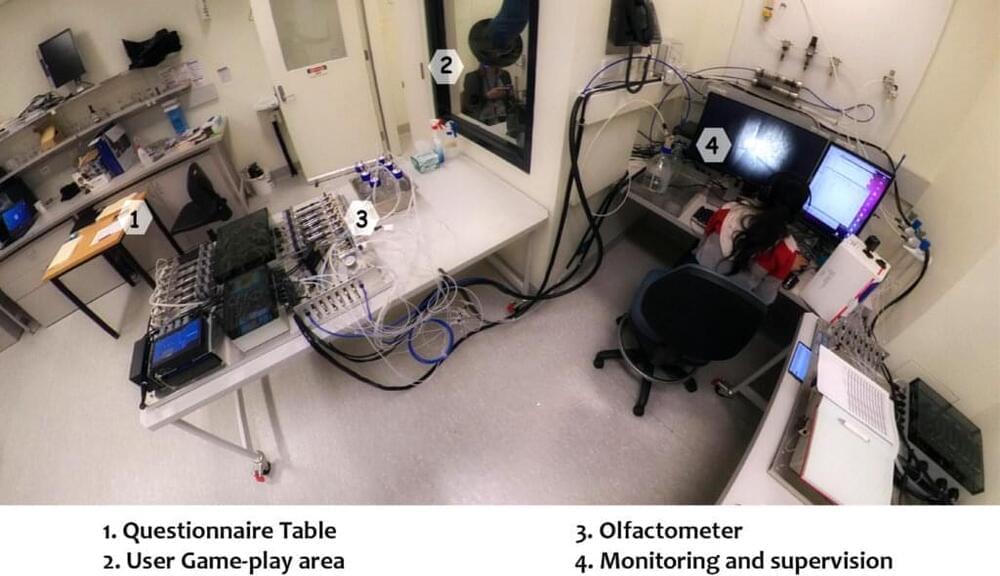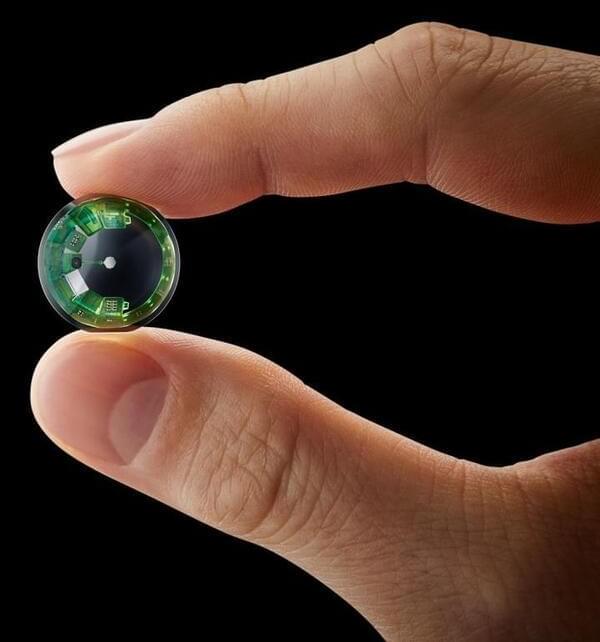Apr 22, 2022
Facebook’s newest proof-of-concept VR headset looks like a pair of sunglasses
Posted by Quinn Sena in categories: augmented reality, virtual reality
Circa 2020
Facebook has shown off a new proof-of-concept virtual reality headset, and it has a completely different design than most other VR devices on the market today. Instead of a bulky contraption that covers up the top half of your face and has to be strapped to your head, this proof-of-concept headset looks kind of like a pair of large sunglasses that can sit comfortably on your ears.
Yet Facebook is billing this new device as not a pair of augmented reality glasses, as common conceptions of AR devices go, but a legitimate VR product. They’re very thin, with a display thickness of less than 9mm, and Facebook claims they have a field of view that’s “comparable to today’s consumer VR products.” Here’s a top-down view:
Continue reading “Facebook’s newest proof-of-concept VR headset looks like a pair of sunglasses” »

















